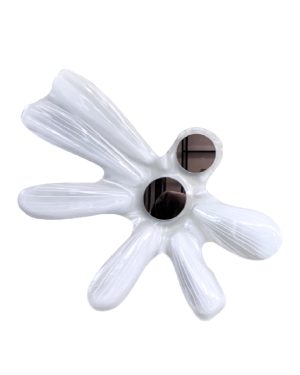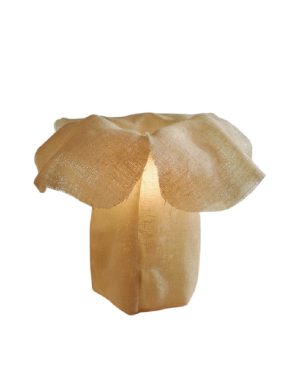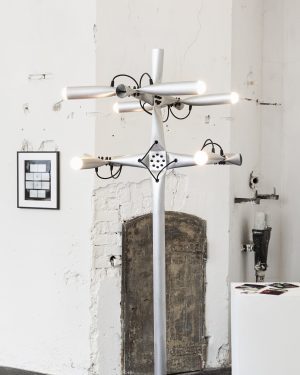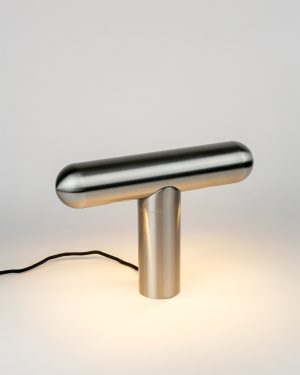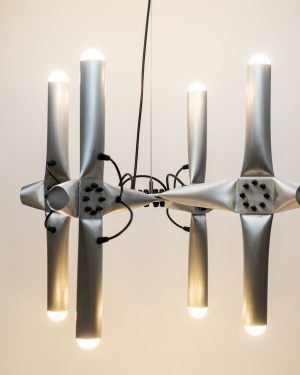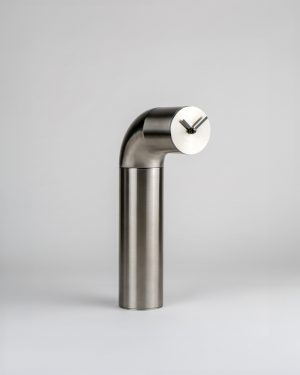Austrian design epitomizes elegance, precision, and a harmonious blend of tradition and innovation. It is characterized by clean lines, meticulous attention to detail, and a profound respect for cultural heritage and artistic expression.
- Elegance and Precision: Showcasing refined aesthetics and thoughtful craftsmanship in every design.
- Artistic Heritage: Drawing inspiration from Austria's rich cultural and artistic history.
- Craftsmanship and Quality Materials: Emphasizing the use of high-quality materials such as wood, glass, and metal.
Contemporary Austrian Designers
Austria is home to designers who have made significant contributions, blending tradition with modern innovation.
Commonly Used Materials in Austrian Design
The choice of materials in Austrian design reflects the country's cultural heritage and pursuit of excellence.
- Wood: Used extensively in furniture and architecture for its timeless elegance and sustainability.
- Glass: Celebrated in interior design and art for its versatility and aesthetic appeal.
- Brass: Commonly used to add a touch of sophistication and warmth to creations.
Defining Characteristics of Austrian Design
Austrian design is renowned for its aesthetic refinement, luxury, and commitment to cultural history.
- Aesthetic Refinement: Emphasizing timeless elegance and meticulous craftsmanship.
- Luxury and Comfort: Creating designs that offer a luxurious and comfortable experience.
- Connection to History: Integrating historical and cultural elements into the design process.
Influences on Austrian Design
The evolution of Austrian design is influenced by its rich cultural heritage, love for art, and commitment to social values.
- Cultural Heritage: Drawing inspiration from Austria's artistic, literary, and philosophical history.
- Love for Art: The passion for art and creative expression shapes contemporary Austrian design.
- Social Values: Reflecting a commitment to equality, inclusion, and social innovation.

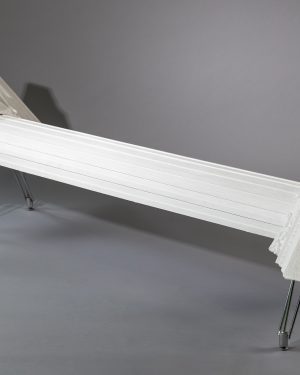 In stock
In stock
 In stock
In stock
 In stock
In stock
 In stock
In stock
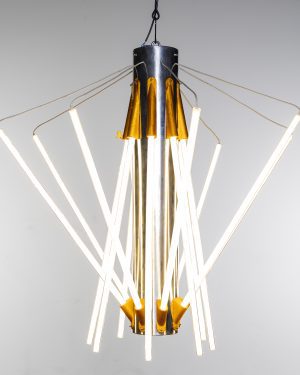

 In stock
In stock
 Sold
Sold
 In stock
In stock




 In stock
In stock


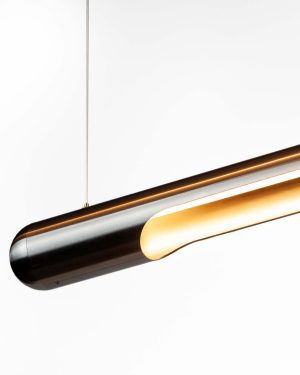







 In stock
In stock
 In stock
In stock
 In stock
In stock
 Sold
Sold




 In stock
In stock


 In stock
In stock
 In stock
In stock
 In stock
In stock
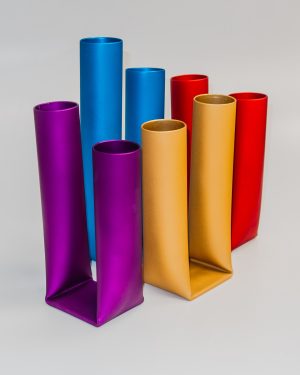

 In stock
In stock
 Sold
Sold
 Sold
Sold





